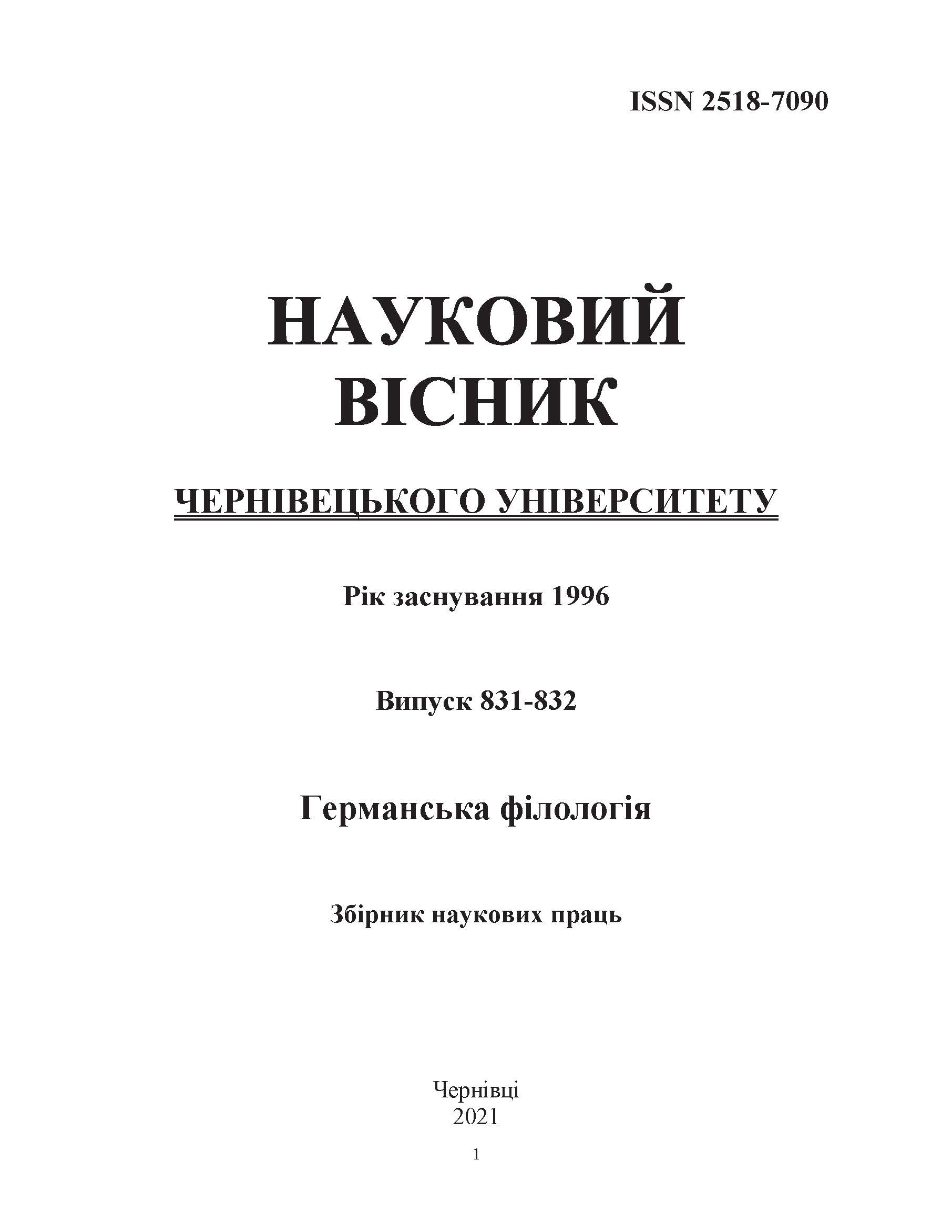COMPLEX SENTENCES IN TEXTS OF INFORMED CONSENT FOR DENTAL TREATMENT: STRUCTURAL, SEMANTIC, COMMUNICATIVE AND DISCOURSIVE ASPECTS
DOI:
https://doi.org/10.31861/gph2021.831-832.135-147Keywords:
complex sentences, types of subordinate clauses, informed consent for dental treatment, communicative strategies, communicative tacticsAbstract
This article presents investigation of the structural and semantic characteristics of complex sentences and their contribution to implementing communicative strategies in the texts of informed consent for dental treatment. Informed consent is a bilateral document that provides a sufficient amount of specific information about the character of dental intervention, records the communication between doctor and patient in order to enable patients to make voluntary decisions concerning the exposure to potentially dangerous procedures. Complex sentences have been found out as one of the most common types of sentences in the texts studied. Although there is a wide range of complex sentences of different formal and semantic-syntactic types in the informed consent, some types are more prevalent than others. The two most common types of subordinate clauses have been identified: noun clauses as a direct object and adverbial clauses of condition. Complex sentences with objective clauses often contain cognitive or volitional verbs in the independent clause and are characterized by semantic and structural incompleteness, while the subordinate clause is a semantic center, which reveals, explains or complements the scope of the main clause. This type of complex sentences serves as one of the means to implement the communicative tactics guiding and controlling the patient’s perception of medical information.
Conditional sentences specifying the circumstances and in particular those demonstrating the cause-effect relationship in the form of implicitation reasoning formulae are applied to implement the information communicative strategy. The considerable number of explanatory constructions (concretization, description, addition, clarification) serves to facilitate clearer understanding of the special information, thus implementing the information communicative strategy. The complex sentences are to increase the density of information and to focus on the addressee’s attention to the most relevant segments of the sentence and text. The predominance of complex sentences demonstrates the interaction of two tendencies: to compress the ramified logical relationship between phenomena, processes, situations within a sentence on the one hand, and to provide additional and sometimes redundant information in order to reduce the chance that a message will be misinterpreted, on the other hand. These tendencies incorporated on the syntax level by complex sentences are important preconditions for effective communication in giving / obtaining voluntary informed consent for dental treatmen





